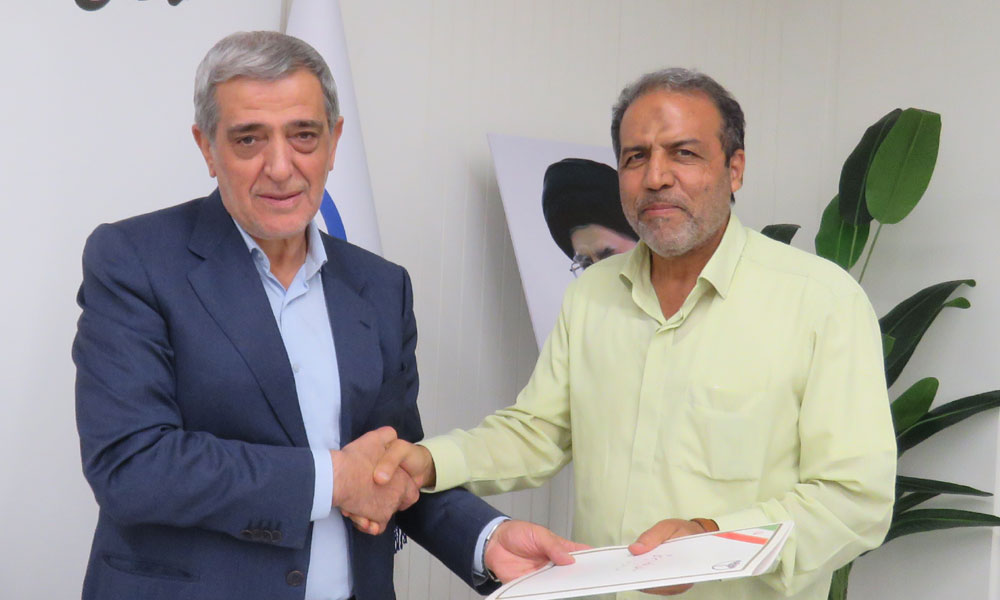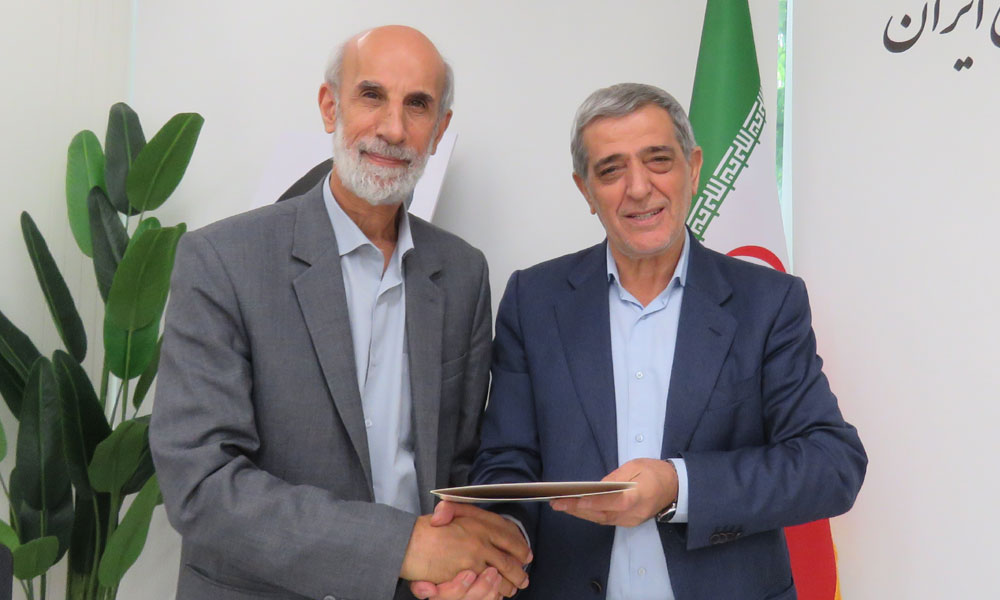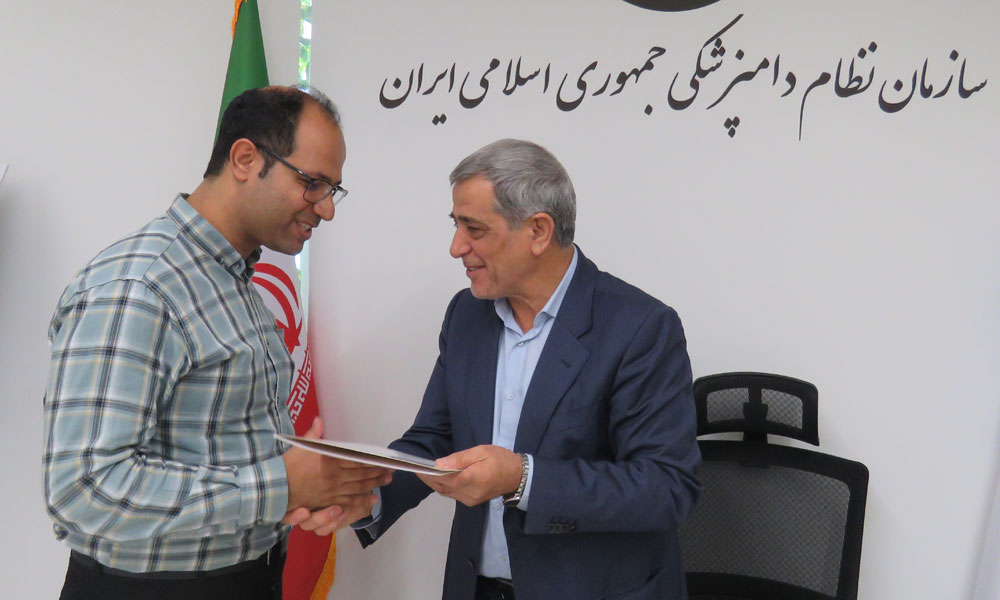The meeting of the Nuclear Veterinary Specialist Committee was held in the meeting hall of the organization, with the presence of Dr. Abbas Ali Motlabi, head of the Veterinary System Organization of the Islamic Republic of Iran, and a group of experts and activists in this field.
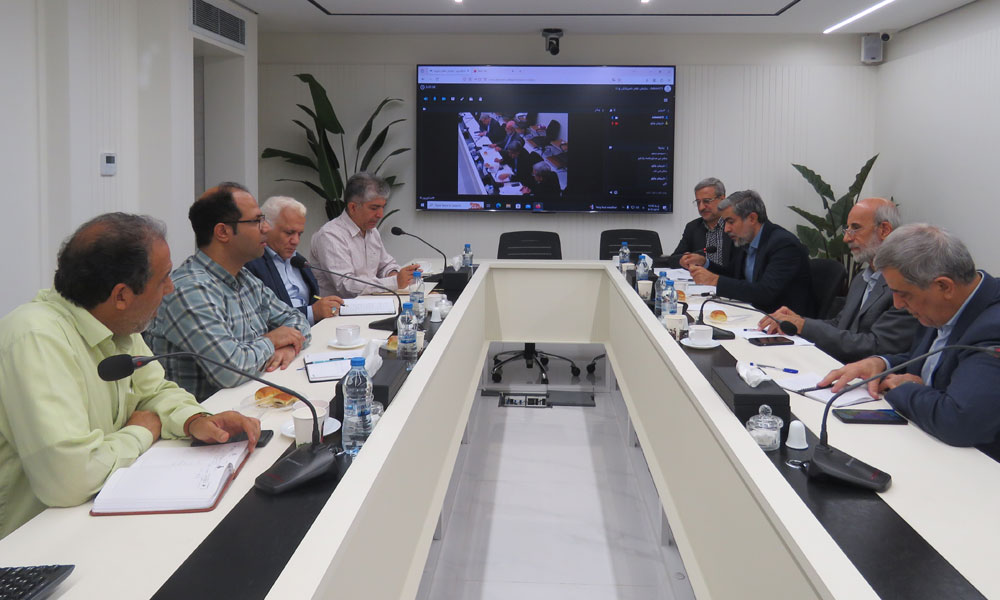
According to the Public Relations Department of the Iranian Veterinary System Organization, at the beginning of this meeting, Dr. Mehran Mehdipour, the organization's deputy director for education and membership affairs, pointed out the importance of forming specialized committees and stated: "Currently, 14 specialized committees are active in the organization, one of the most important of which is the Core Veterinary Committee. The purpose of forming these committees is to utilize the specialized knowledge of experts to provide practical suggestions in various fields of veterinary medicine, which, after being summarized, will be presented to decision-making institutions."

Referring to the committee's history of inactivity, he said: "Nuclear veterinary medicine had been neglected in the Veterinary System Organization until now, but now, with the special attention of the organization's head, regular meetings have been put on the agenda, and it is expected that their output will lead to strengthening scientific and executive policymaking."
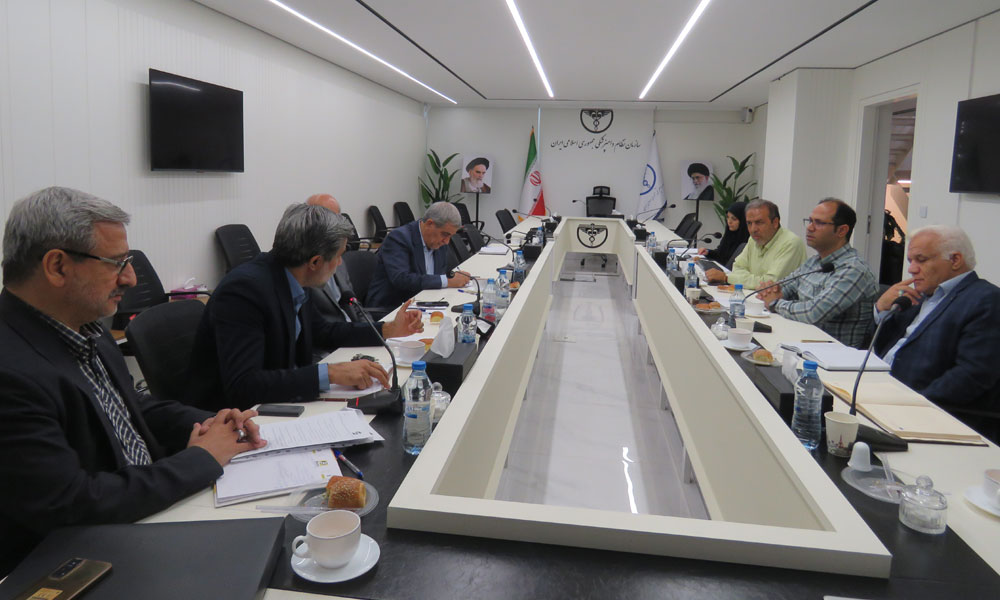
Continuing, Dr. Shahhosseini, a prominent and active figure in the field of nuclear veterinary medicine, while presenting a report on the measures taken in recent years, said: "Unfortunately, in our country, the issue of nuclear energy in the field of veterinary medicine has received little attention. While for the past decades, leading countries have used this technology in the control and treatment of diseases, animal feed hygiene, and food safety."

He then referred to some of the applications of nuclear veterinary medicine and added: "Among the examples of the use of nuclear technology in veterinary medicine are the following:
Diagnosis and treatment of important microbial diseases
Reducing microbial contamination in foods of animal origin
Preventing animal feed spoilage
Increasing the productivity of non-food materials by converting them into nutritional resources
Preventing the spread of diseases in livestock
"And many other areas that require infrastructural and educational development in the country."
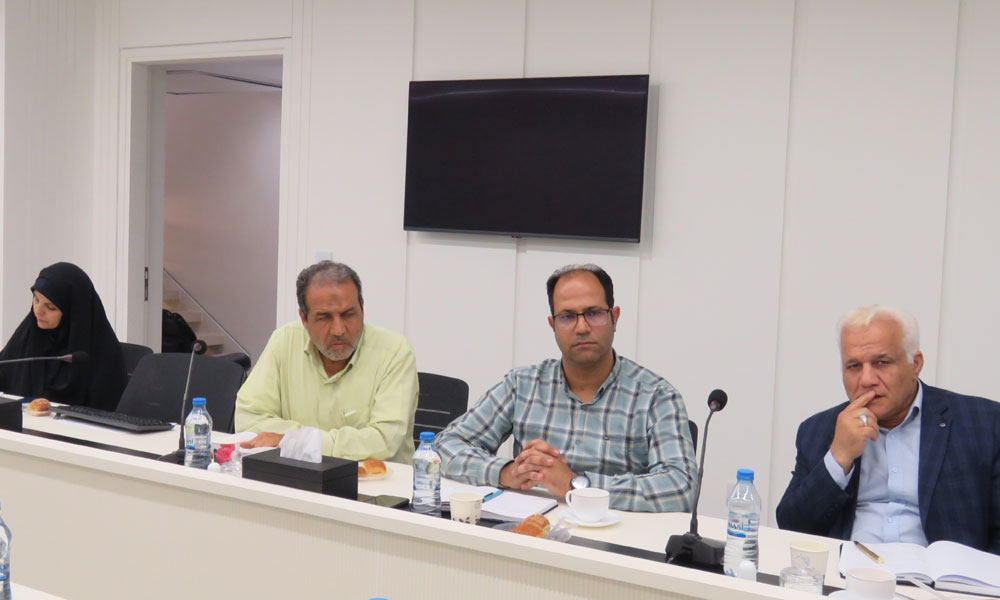
In another part of the meeting, Dr. Abbas Ali Motlabi, head of the Veterinary System Organization, expressed his appreciation for the presence of specialists and experts and said: "One of the important tasks of the organization is scientific empowerment and the development of new technologies in the field of veterinary medicine. This issue is also among the President's emphases, and the organization, relying on the capacity of specialized committees, seeks to transform technical proposals into executive policies."
Pointing to the importance of moving from traditional veterinary medicine to technology-based medicine, he added: "Resistance to technology is the biggest obstacle to development. We are now in the 21st century and we cannot enter the future with a traditional outlook. Radiation technology, just as it has been used in the fisheries, agriculture, and food packaging sectors, should also be used in veterinary medicine."
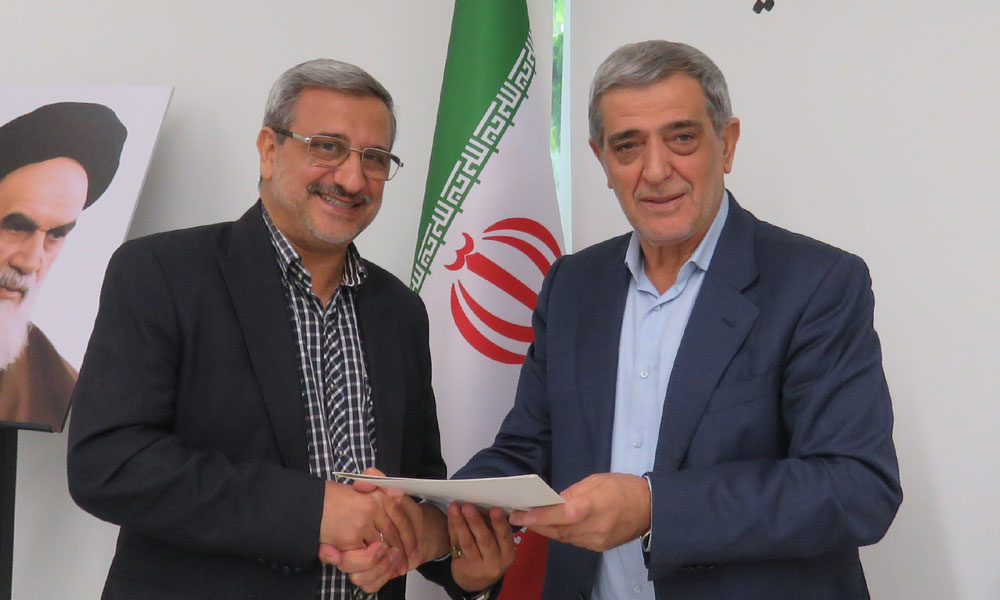
Dr. Motlabi stated: "Iran has the capacity to participate in the international chain of production of standard veterinary products, but as long as there is a wall of distrust towards technology, we cannot reach that position. We need to develop a national strategy in the field of using radiation in veterinary medicine."
Emphasizing the need for education and culture building in this regard, he announced: "In this regard, it was decided that specialized training workshops for managers, experts, and veterinary activists in the field of nuclear technology and the use of radiation will be mandatory."
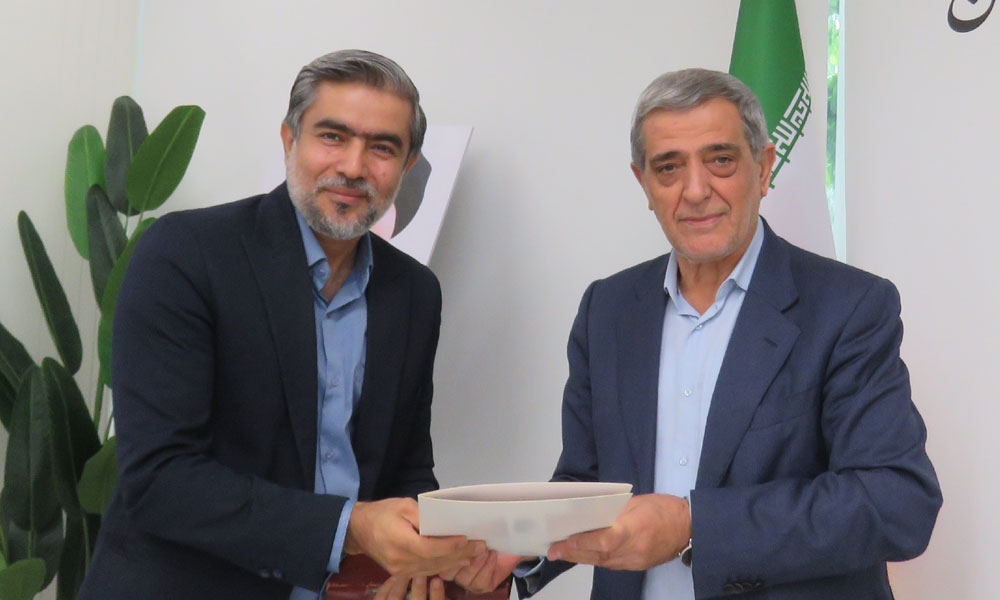
The head of the organization concluded by saying: "Wherever there is faith in science and technology, the path to development is paved. We must, with the help of elites in this field, move towards formulating scientific, regulatory, and educational strategies and put this technology at the service of the country's veterinary medicine."
